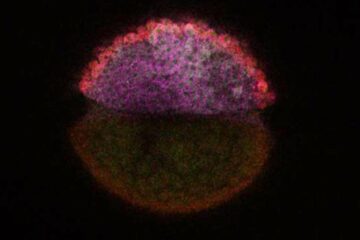Feeding rumiants with olive by-products enhances animal performance and product quality

Olive leaves provide half of the energy and amino acid requirements of sheep and goats at maintenance level and, if adequately supplemented, can be used as part of the forage in diets for production.
Olive by-products traditionally represent an important group of feed resources for ruminants in the Mediterranean areas. However, these materials are still under-exploited. Spanish and British Scientists have analyzed the inclusion of by-products from olive trees and olive oil extraction in the diets offered to goats and sheep.
Olive by-products were evaluated with respect to their composition, digestion, degradation, ruminal fermentation, and their impact on animal performance and on product quality, with particular attention to their fatty acid profile.
The study presents the effects on growth, milk and meat quality of feeding a range of olive by-products (olive leaves and cakes) to goats and sheep. In diets containing oleic acid the total monounsaturated fatty acid content of milk were increased, while saturated fatty acids dropped. Olive leaves provide half of the energy and amino acid requirements of sheep and goats at maintenance level and, if adequately supplemented, can be used as part of the forage in diets for production.
This paper, published in the Animal Feed Science and Technology in November 2008, has been written by E. Molina-Alcaide, from the Unidad de Nutrición Animal, Estación Experimental del Zaidín (CSIC – Granada) and D.R. Yáñez-Ruiz from the Institute of Rural Sciences, University of Wales.
Media Contact
More Information:
http://www.oleociencia.comAll latest news from the category: Agricultural and Forestry Science
Newest articles

Attosecond core-level spectroscopy reveals real-time molecular dynamics
Chemical reactions are complex mechanisms. Many different dynamical processes are involved, affecting both the electrons and the nucleus of the present atoms. Very often the strongly coupled electron and nuclear…

Columbia researchers “unzip” 2D materials with lasers
The new technique can modify the nanostructure of bulk and 2D crystals without a cleanroom or expensive etching equipment. In a new paper published on May 1 in the journal…

Decoding development: mRNA’s role in embryo formation
A new study at Hebrew University reveals insights into mRNA regulation during embryonic development. The study combines single-cell RNA-Seq and metabolic labeling in zebrafish embryos, distinguishing between newly-transcribed and pre-existing…





















